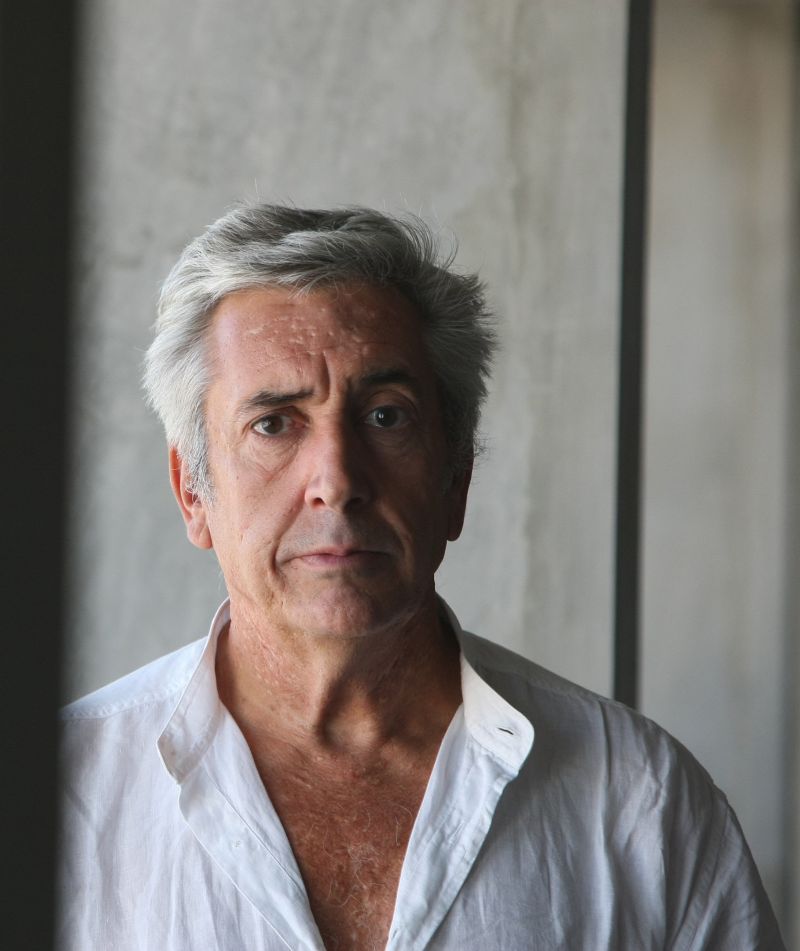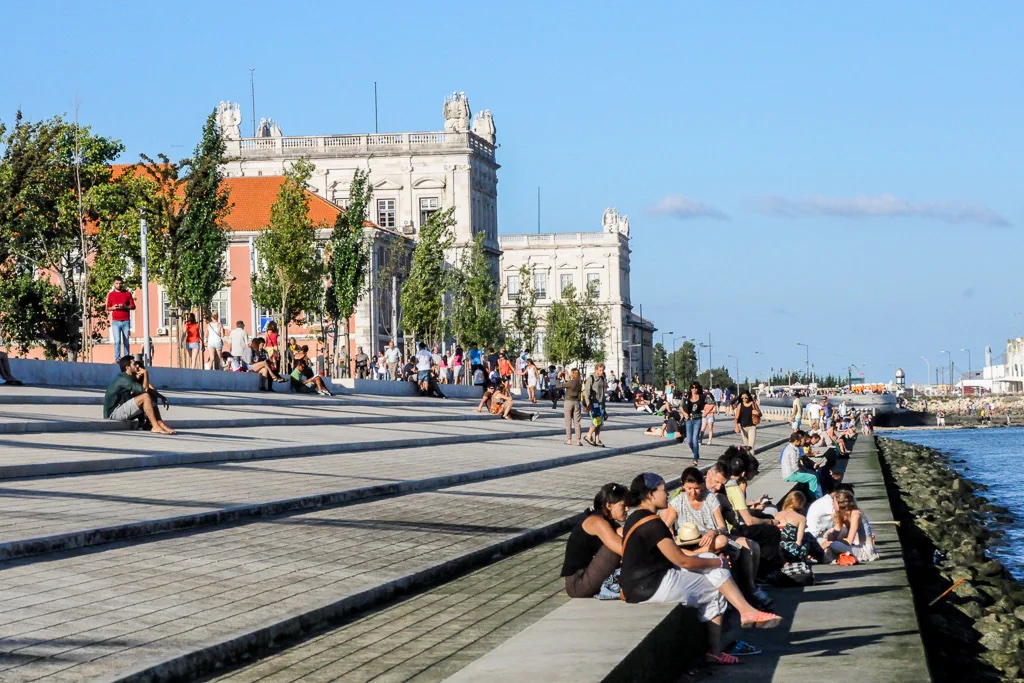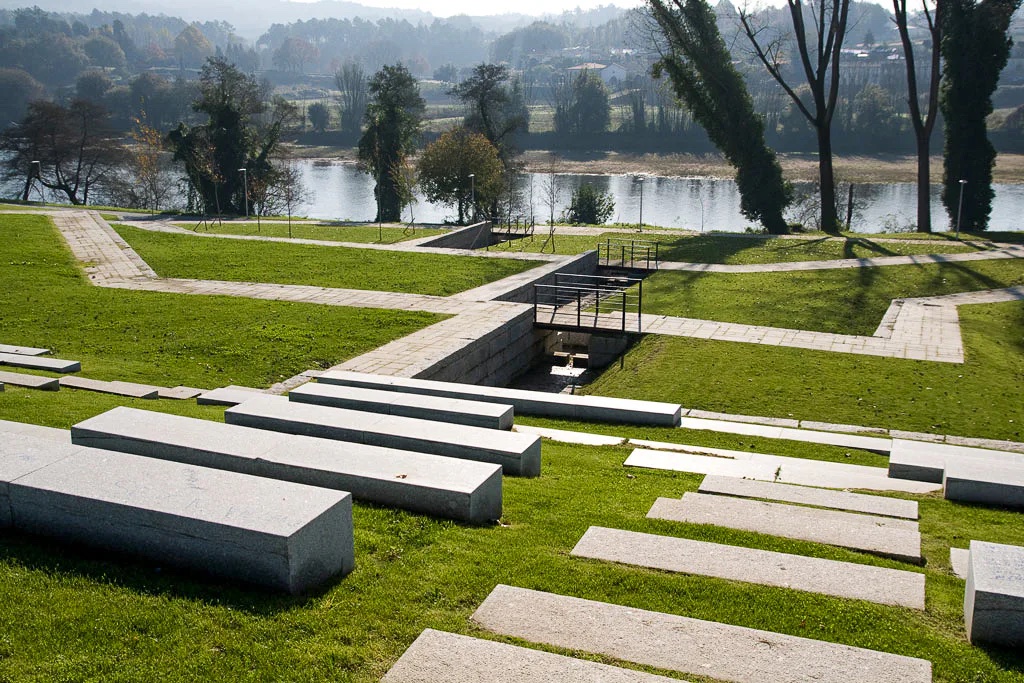JOIN the AFICIONADOS
Get the insider news and lowdown on what we've been up to, where we've been, and who we've met along the way. Be the first to discover new places and get the scoop on our favourites.
Set within the baked ochres and vinous lines of Alentejo, L’AND Vineyards is less a resort and more a conversation between matter, memory, and Mediterranean silence. Here, the architecture of the land predates the built form, and PROAP's landscape intervention reveals with studied restraint this palimpsest of agricultural tradition, arid plain and generational craft.
Founded in 1989 by João Ferreira Nunes, PROAP treats landscape not as canvas but as co-author. Their approach is one of attunement to ecology, heritage, and time. At L’AND, this philosophy finds a clear voice. The 66-hectare site folds around an artificial lake, designed not as ornament but as an infrastructural gesture. This body of water is a cooling mechanism, an irrigation reservoir, and seasonal mirror which plays like a reflecting field for sky and structure alike.
The surrounding topography has been subtly recontoured, not imposed upon. Villas are tucked into gentle slopes, partially buried, their geometry softened by cork oak, almond and the orderly rhythm of vines. Paths reveal themselves gradually, often edged by low stone walls or softened berms that seem to rise of their own accord. The landscape appears self-grown, its transitions slow, deliberate and grounded.

There is little hierarchy here; no grand axis or singular vantage point. Instead, PROAP allows the land’s inherited logic to lead. Vines stretch in disciplined rows, anchoring the eye. Mediterranean plant palettes — lavender, myrtle, rockrose — are arranged not by flourish but by function: shade, scent, soil retention. These are plantings with both poetics and purpose, selected not to tame the climate but to work with it.
Materiality plays a quiet role. Crushed gravel, local stone, scorched earth tones: these all bind the human intervention back to terrain. The distinction between designed and found becomes ambiguous. One suspects that some elements may have always been there. And that is perhaps PROAP’s greatest talent: to render the designed invisible, or at least inevitable.
This same ethos ripples across their broader body of work. In Lisbon, the reimagining of Ribeira das Naus reconnected the city with its river, converting a former shipyard zone into a public realm that now flows rather than is fenced. Edges are softened, maritime history subtly surfaced through materials and axis, and a new civic rhythm is restored through topographical lightness.
Further north in Barcelos, Riverside Park extends this vocabulary of civic generosity: terraced greens, low retaining walls, shaded transitions, and regional form. What emerges is not a park as an amenity but as geography. PROAP never separates the urban from the natural; instead, it reveals the inherited conversations between water, stone, flora, and human imprint.
In Antwerp, along the tidal edges of the Scheldt, their design for the Quays is bolder, more infrastructural, yet no less poetic. It embraces seasonal flooding, sculpting elevated paths and naturalised embankments that reconcile risk with ritual. Public space here is not defined by permanence but by its ability to respond — to water, time, and change. This temporal generosity defines much of PROAP’s most lauded work.
In the volcanic landscapes of the Azores, their work at Lagoa das Furnas restored hydrological balance and visual stillness to a sacred site overwhelmed by intervention. And in Casa das Mudas, the art centre in Madeira perched above Atlantic cliffs, PROAP laid out a topography of contemplation, where vegetation, void and volcanic stone lend gravity to cultural expression.
Each project may differ in scale or setting, but a common language threads through them all: quiet modulation, regional specificity, an aversion to spectacle. Their spaces are not meant to be consumed, but inhabited slowly. Felt. Remembered.
While L’AND’s architecture by Promontorio frames the gesture in modernist quietude, the landscape supplies its pulse. The earth is not a backdrop but an origin; its story is carried in the arc of a cypress, the shadow cast by an olive, and the golden fade of a summer field. PROAP composes a landscape that does not seek to impress, only to belong in a region defined by seasonal stasis and geological memory.
It is an architecture of patience. A vocabulary written in terraces and time.
And in Alentejo, where silence is landscape too, that feels like truth.

